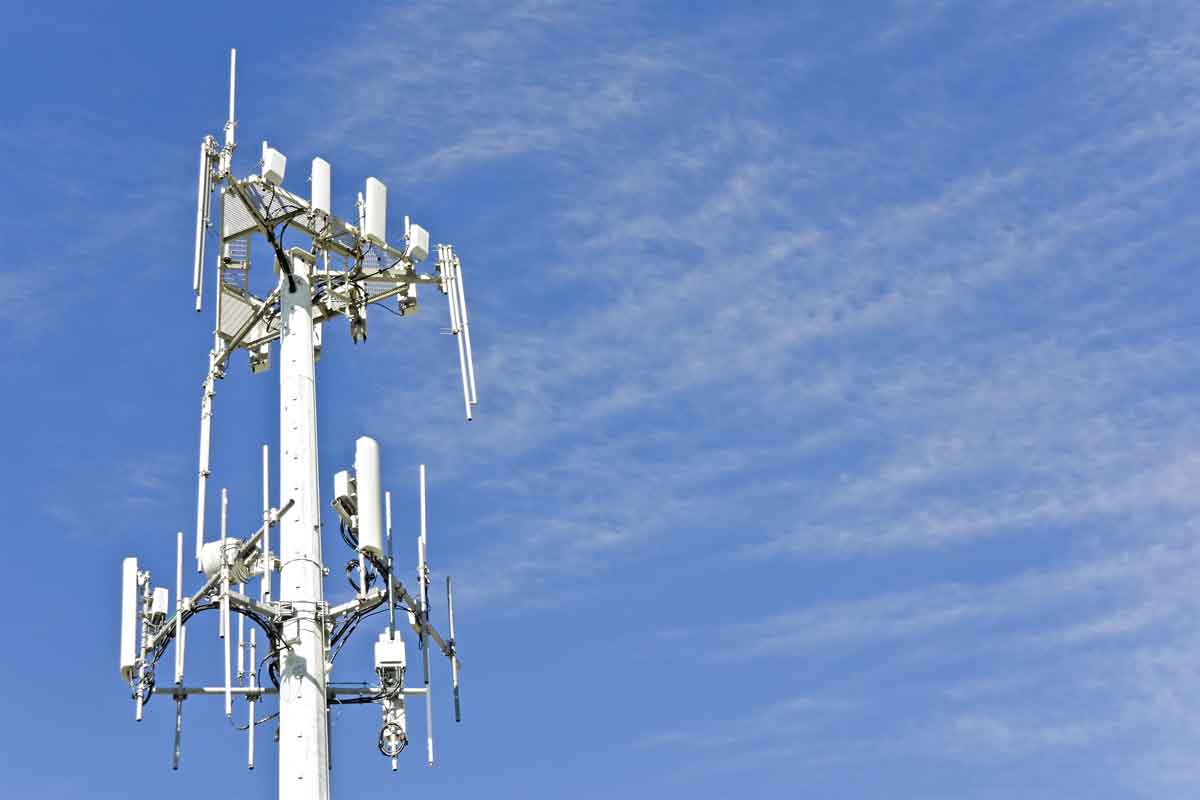In case you? ve at any time strolled through the town, you may possess spotted small small 5G cell towers on street lighting poles. These show up like small boxes, but they? re also really transmitting wireless signals from mobile carriers to your current phone.

These smaller sized, purpose-built cell towers are replacing greater, purpose-built ones. Although less obvious, they may nevertheless present issues for those.
Typically the FCC? s The radiation Exposure Thresholds
Typically the Radiation Exposure Thresholds of the FCC establish the safe distance from which a person can be exposed to electromagnetic radiation from cellular devices. The coverage limitations are established on scientific proof indicating that RF energy may get hazardous to individual health.
The specific intake rate (SAR) quantifies the radiofrequency strength absorbed by cells. It is usually 1. 6 watts per kilogram, proportioned across one gram of tissue.
However, since 5g transmits at higher frequencies, it may stimulate more energy strength around the skin in addition to other immediately revealed body parts. This might result in the variety of probable consequences, such since the accelerated growth of skin health problems such as hautentzündung, skin cancer, in addition to cataracts.
Due of the potentially serious consequences of 5g radiation, PSU has opted to can charge a general local power density constraint of 4 mW/cm2 averaged over 1 cm2, and certainly not to exceed 30 minutes, for many 5G services at 3 thousands GHz. This restricted limit is steady with the optimum spatial-average SAR associated with 1. 6 W/kg averaged across 1 g of muscle at 6 Gigahertz.
The FCC? s Maximum Exposure Thresholds
If you've actually used a cellular phone, you surely realize that you must be a minimum of 400 meters away from tower for basic safety. This is due to the fact that the indication strength of a cell tower grows substantially with distance.
Whilst this may seem just like a wonderful concept, the truth is that individuals living all around towers may be even more prone to health and fitness issues. A 2014 research in India, for instance, mentioned that persons which resided within fifty meters of portable towers had higher health concerns as compared to those who resided farther away.
But, https://www.openlearning.com/u/reesbock-rtooof/blog/HowLongAwayFromA5GMobileSystemForAnybodyWhoIs in addition revealed that signs and symptoms returned to standard within a few days for persons who else relocated to areas distant from cell towers. Several reports have indicated that exposure to high amounts of radiofrequency electromagnetic fields (EMFs) might induce cancer, brain tumors, and other health concerns.
what is a safe distance from a 5g cell tower , which is usually used in cordless communication, may sink into the outermost part of the human body, the skin. The particular skin functions as a protective barrier against mechanical damage, infection by pathogenic bacteria, and the particular admission of hazardous chemicals. It will be responsible for conserving the integrity associated with other organs and it is the biggest body in the human entire body.
Minimum Exposure Thresholds of the FCC
The FCC's Minimum Exposure Thresholds are based on a number regarding unsupported scientific presumptions. They add the wrong notion that initial exposures to RF radiation secure owing to low transmission into the human body (i. e., cells heating) (i. electronic., tissue heating).
In what is a safe distance from a cell tower , the assumption disregards the deeper sexual penetration from the ELF pieces of modulated RF signals and the impact of brief temperature bursts from pulsed RF waves. These assumptions do not arrange with the current knowledge of typically the biological effects regarding RF radiation; thus, they should not be utilized to set up health-protective exposure boundaries.
Additionally , the ICNIRP and FCC restrict their maximum coverage limits to community peak SARs based on the optimum spatial specific assimilation rate (psSAR), that is an insufficient dosimetric technique for assessing the degree of RF radiation exposure. Specifically, psSAR is incorrect from frequencies greater compared to 6 GHz. In addition, psSAR is not researched for RF radiation with co-exposure to be able to other environmental factors such as sun. Interactions between radiofrequency (RF) radiation and even other environmental aspects may have antagonistic or synergistic results. This would increase the probability of dangerous health outcomes. Co-exposure to RF the radiation and sunshine, for instance, may raise the risk of skin area cancer and intensify other skin circumstances, for instance acne.
